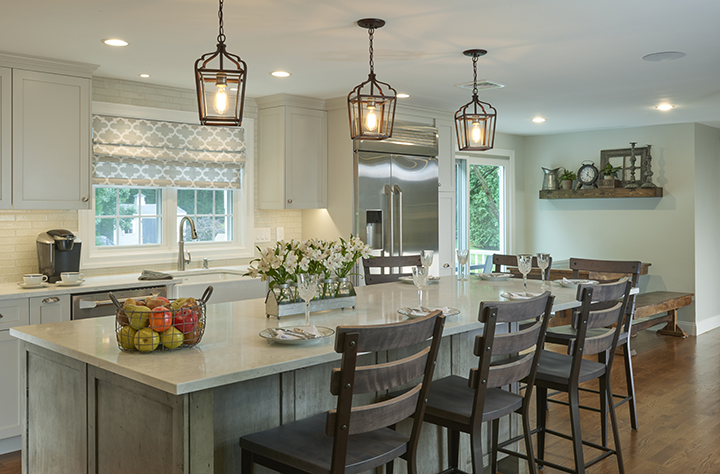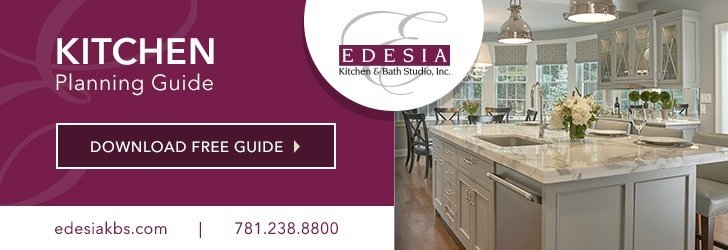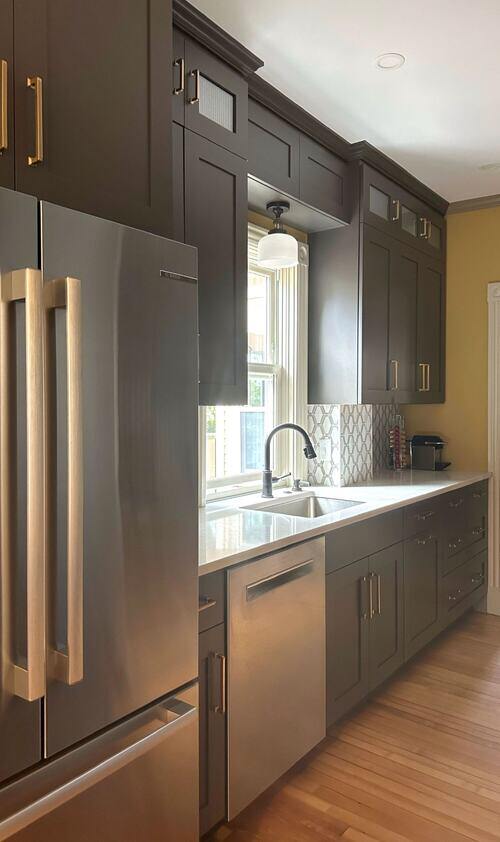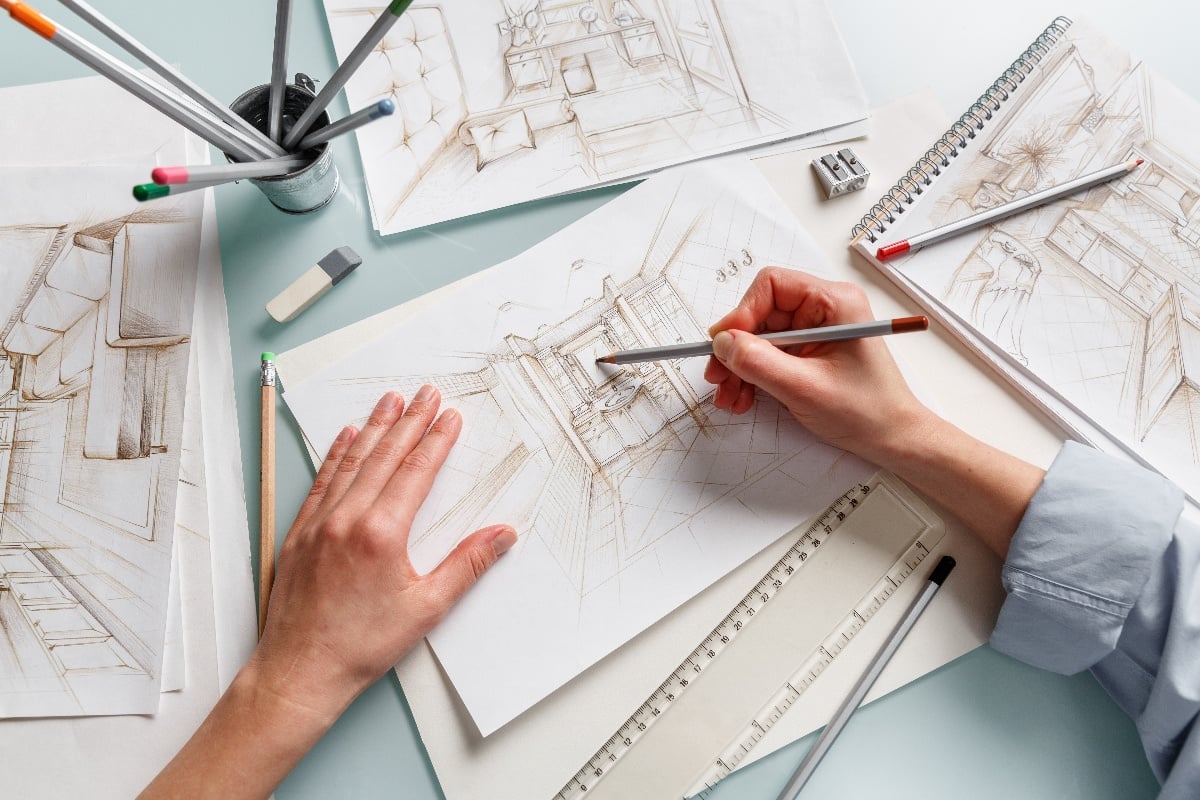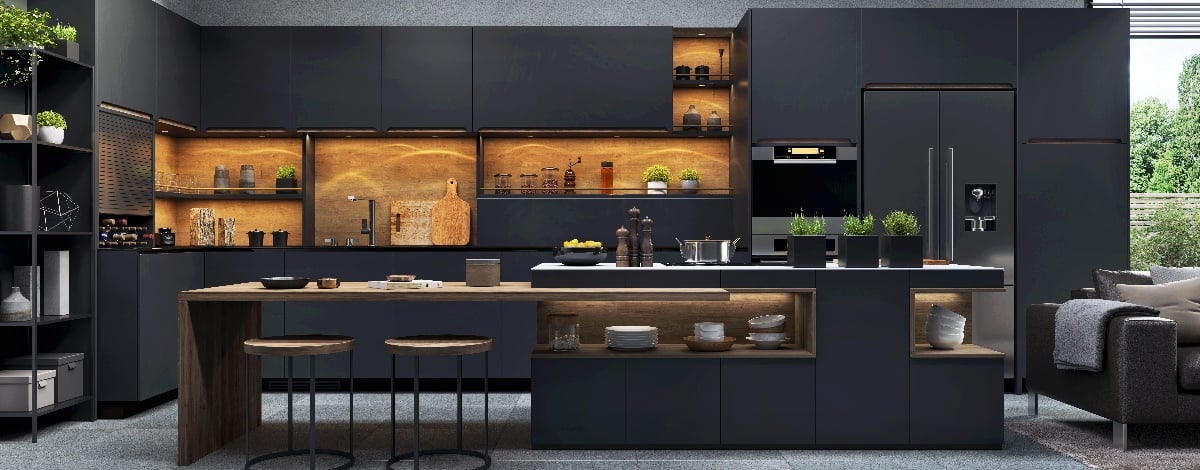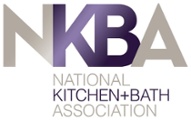Building your own custom cabinetry is a fantastic way to personalize your home or business.
Custom cabinetry gives you the freedom to design your own storage solutions and shape the appearance of each room that needs cabinetry based on your personal sense of design.
From the direction your cabinet doors open to the color of your finish, everything about your cabinetry can be personalized for ease of use and the unique aesthetics of your space.
One of the biggest decisions you will make when designing your custom cabinetry is the materials used to build the cabinets. Choosing the right material influences the cabinet's durability, lifetime performance, appearance, and even your project's impact on the environment.
Today, we're here to help you outline a helpful decision-making process to choose the right materials for your custom cabinetry project.
How should you weigh your decision, what material aspects matter most when building custom cabinetry? Let's dive in.
Natural Grain and Color
Each type of wood has a natural grain and color. The grain is the swooping curved line pattern in every plank of wood. The grain is like the tree's fingerprints, no two trees are the same, but trees of the same type may have a similar density and shapely style of grain.
The wood's natural grain and color also influence how it will respond to stain and how it will look if painted.
Many people choose their cabinetry materials based on the natural color of the wood. Pale woods are popular for soft designs while darker woods tend to pop in a more formal kitchen. You may also choose your wood color and grain-based on how it will look with your favorite stain and finish.
If you plan to paint, both the wood grain and the finish will matter in determining the final effect of the painted surface. The color of the wood can act either as a paint undertone or be covered completely in a thicker and more opaque layer of paint.
Sturdiness: Support and Impact Resistance
When building cabinetry, sturdiness matters. Softer woods and particle boards may not be strong enough to withstand the demands of a busy kitchen, bathroom, workshop, or business.
Many people prefer hardwoods for their cabinetry for exactly this purpose or highly pressurized heavy particleboard, sturdier than the usual dissolvable medium board used by home building contractors.
Impact resistance also factors into sturdiness, calculating how much force it would take to damage your cabinets. After all, you want cabinetry that will last decades of busy family or business usage. A few knees to the cabinet doors or table legs in the side panels shouldn't be the end of your beautiful work.
Hardwoods like maple, walnut, oak, and cherry are among the most popular for cabinetry both for their sturdy structure and beautiful variety of wood colors. Hardboard is composite recycled wood and is best for extremely sturdy painted cabinets.
Water Resistance and Treatment
Some cabinets are going to get wet. It's common to build cabinetry around your plumbing fixtures, sinks, and water-running appliances like the dishwasher. Cabinetry that takes water damage easily may also need to be replaced far sooner than water-resistant cabinets.
The cabinets that come with a pre-built home are usually made of dissolvable medium particle board with very little water resistance. With your custom cabinetry, you can do much better.
Look for woods that are treated or possibly pre-finished so they are extremely water resistance. No wood product is completely immune to moisture, but well treated and sealed cabinetry is the next best thing. Ensure your next leak or sink overflow doesn't make a dent on your beautiful new cabinets.

